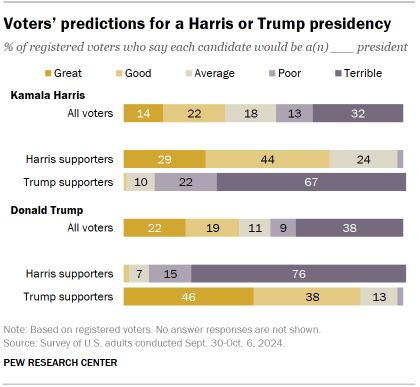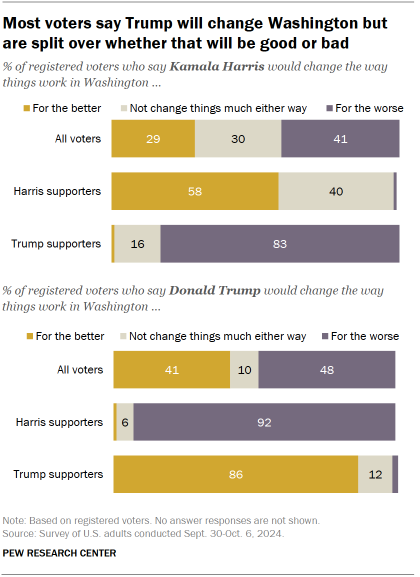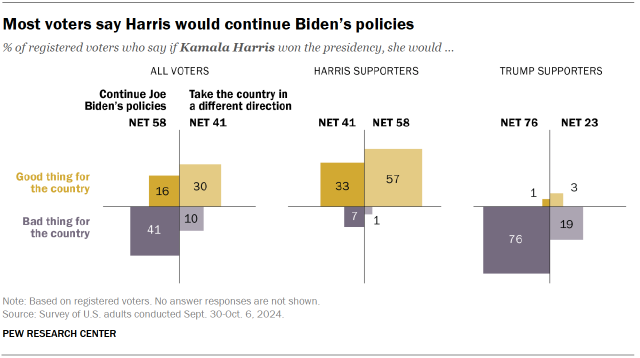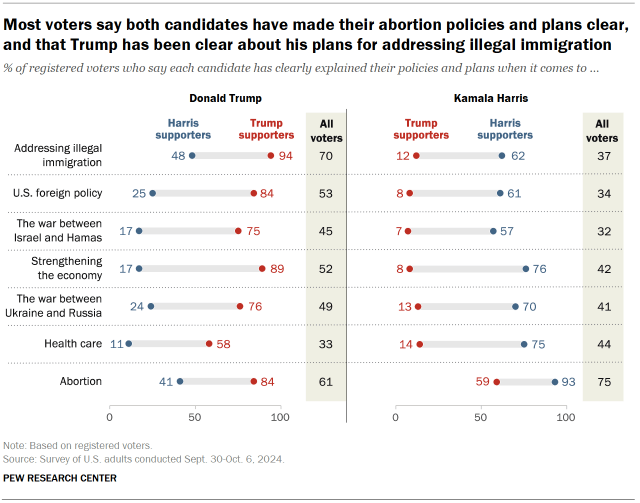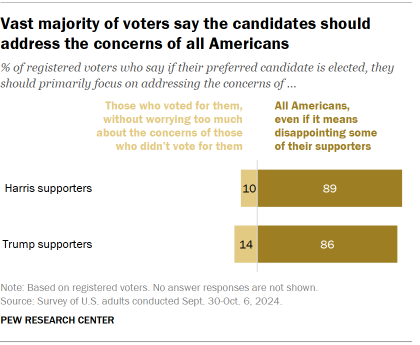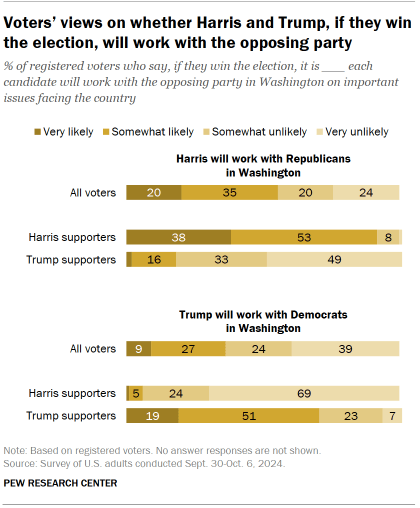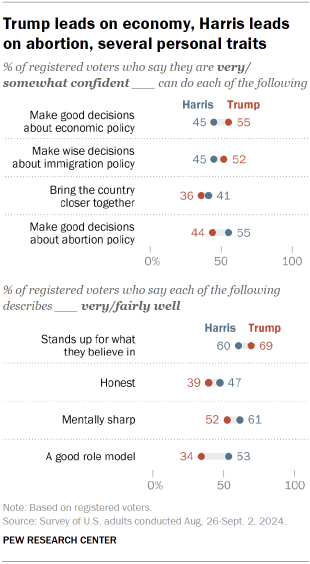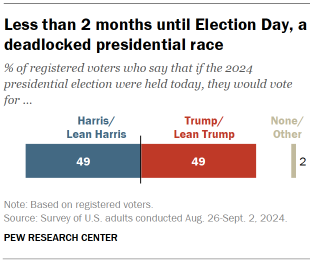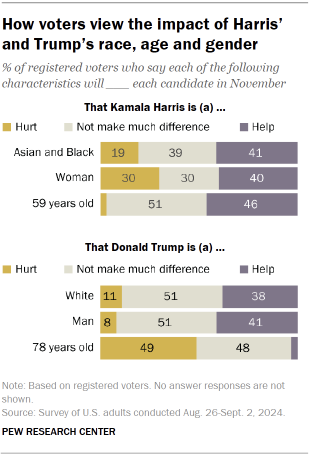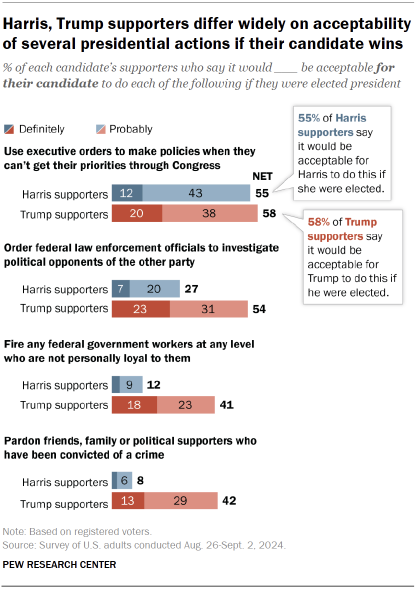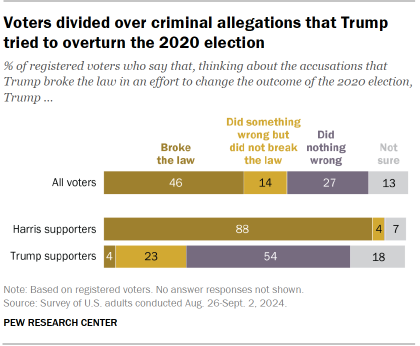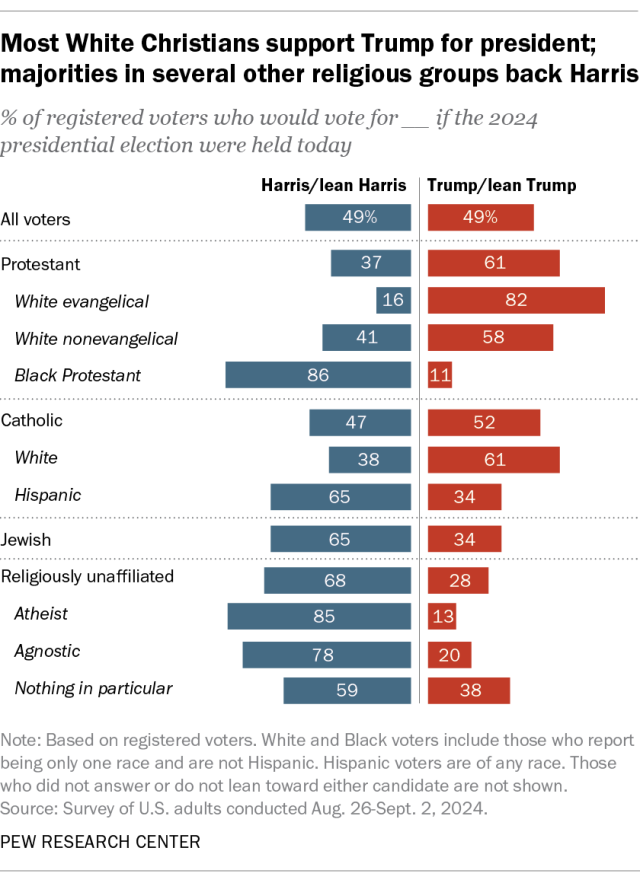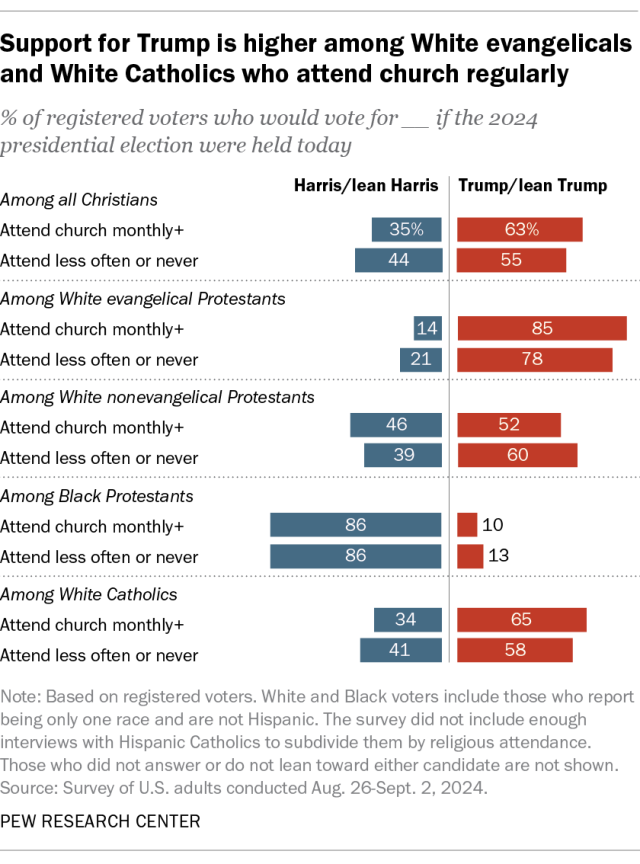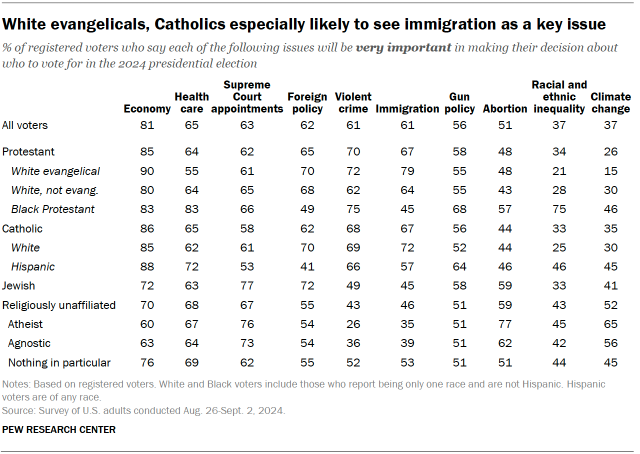Leading American tech companies like Amazon, Meta, Google, and Microsoft are increasing their reliance on H-1B visa holders, diverging sharply from Indian IT giants such as TCS, Wipro, Infosys, and HCL, which have significantly reduced their dependency on these visas.
An analysis by The Economic Times indicates that since 2016, US tech firms have witnessed a remarkable 189 percent increase in H-1B visa usage. Amazon spearheads this growth with a staggering 478 percent rise, followed by Meta at 244 percent and Google at 137 percent. Conversely, Indian IT firms have collectively decreased their reliance on H-1B visas by 56 percent over the same period.
This trend reflects a strategic transformation among Indian IT companies, which are now focusing on nurturing local talent within the United States. They are also extending Green Card sponsorships to experienced professionals in a bid to establish long-term sustainability in the American market. Indian firms are maturing their operations in the US, aligning with a business model less reliant on imported talent.
Commenting on the trend, Vic Goel, managing partner at the corporate immigration law firm Goel & Anderson, explains, “US companies must rely on H-1B visas to fill roles with skills not easily found domestically, especially in emerging tech.” The growing demand for specialized expertise in fields like digital transformation, cloud computing, and artificial intelligence is driving this dependency on H-1B visas among American tech firms.
However, the recent election of President Donald Trump has reignited concerns over the future of H-1B and H-4 visas. Known for his tough stance on immigration, Trump’s administration could potentially introduce changes to the Immigration and Nationality Act, including country-specific quotas for visa allocations. Some experts speculate that India may benefit from such policies due to its strong diplomatic ties with the US.
Russell A. Stamets, a partner at Delhi-based Circle of Counsels, advises Indian IT firms operating in the US to adapt proactively to potential policy changes. “Indian firms must prepare to positively influence their outcomes,” he notes, emphasizing the importance of anticipating American regulatory shifts.
Anticipated policy changes are also likely to raise the cost of hiring foreign talent. Employers may face increased visa fees and heightened wage requirements for H-1B roles, further intensifying financial pressures. During Trump’s previous administration, H-1B visa applications underwent heightened scrutiny, with 34 percent requiring additional documentation. This led to considerable anxiety among visa holders and their families, especially for H-4 visa recipients who faced potential loss of work authorization.
Despite these challenges, Indian IT firms remain committed to fostering a robust talent pipeline in the US. Through Nasscom, the industry’s representative body, Indian companies have collectively invested $1.1 billion in STEM initiatives across the country. These efforts include partnerships with over 130 US colleges and universities, along with upskilling approximately 255,000 employees.
This strategic investment has not only contributed to the American workforce but also generated over 600,000 jobs across the US. By emphasizing talent development and collaboration, Indian IT firms continue to play a crucial role in strengthening the US tech ecosystem, even as visa policies undergo significant shifts.
The evolving landscape highlights a clear divergence in strategies between US tech firms and Indian IT companies. While American firms increasingly depend on foreign talent to fill highly specialized roles, Indian companies are pivoting towards sustainable local hiring and investment in talent development.

